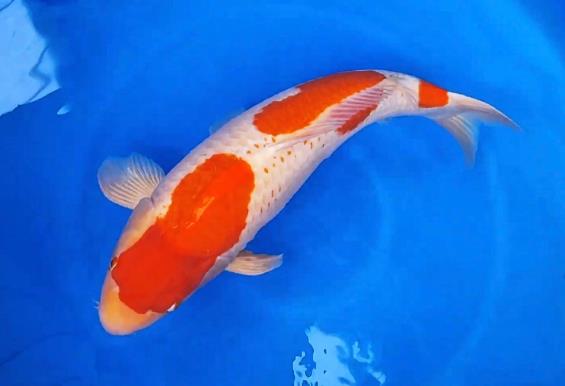The breeding methods of koi mainly include natural breeding, artificial breeding, and greenhouse breeding.

Natural Breeding: In the natural environment, koi usually lay eggs in warm lakes or rivers. The spawning season generally ranges from April to June. The eggs of koi are in sections of thousands of grains, and the number of eggs in each section can reach about 100 grains.
Artificial Breeding: Artificial breeding is usually carried out in spring. It involves collecting koi eggs and hatching them in indoor ponds with a temperature ranging from 25 to 28 degrees Celsius. After successful hatching, the young koi are fattened up in the indoor ponds and then transferred to new breeding grounds around November.
Greenhouse Breeding: In winter, koi can be bred indoors. Keep the temperature at 25 to 28 degrees Celsius, the humidity above 60%, and provide sufficient feed.
The key factors that influence the success of koi breeding include:
Water Quality Management: The water quality of the spawning pond needs to be kept clean, with a pH value between 7.2 and 7.4 and sufficient oxygen.
Temperature Control: Increasing the water temperature can promote spawning, and the suitable water temperature is 25 degrees Celsius.
Isolation and Isolation Period Management: Separate male and female fish and raise them separately one month before spawning, and then put them into the spawning pond when the breeding period is approaching.
Use of Reproduction-Promoting Hormones: Reproduction can be promoted by taking hormones orally or through injection.
Through the above methods, the breeding of koi can be effectively promoted, and the fertilization rate and hatching rate of eggs can be increased.
